|
In the second half of the Late Bronze Age, four great powers dominated the international scene: The Hittites, the Egyptians, The Assyrians and the Ahhiyawans (Homer’s Greeks). Of these four, the Hittites and the Egyptians were the strongest. The Hittite armies were famed for their ferocity and skill, while the Egyptian 'New Kingdom' was expansionist, ambitious and fervently patriotic. The territories of these two superpowers abutted in a region known as 'Retenu' (roughly modern Syria & Lebanon). Retenu was effectively a patchwork of vassal kingdoms, answering to either the Hittite King (known as the Labarna) or the Egyptian Pharaoh. Vitally, Retenu was also arterial to the Bronze Age tin trade... A perfect tinderbox for war, eh? Tensions mount...Circa 1294 BC, The newly-crowned Pharaoh Seti I is charged with ambition. He is desperate to attain military glory like his distant predecessor, Tuthmosis III. When he proclaims that all Retenu will fall to Egypt, his armies - vast and primed for conquest - explode with cries of hubris, rattling their spears and swords against their shields, In contrast, the Hittite King Muwatalli II (Muwa for brevity) and his second-in-command and best general, Prince Hattusilis (Hattu), are simply not ready for war. Their hands are already full with the business of governing the Hittite heartlands. There is the neverending pressure from the rebellious Kaskans who dwell in the mountains north of their capital, Hattusa. Added to that, a complex and dangerous situation is developing on the western fringes of the empire, where Troy - an age-old and firm ally - is suffering increasingly-regular raids by the Ahhiyawan city states across the Western Sea. So this new and massive threat to Retenu presents a seemingly impossible problem. "Why not send troops to all three locations?", you might say. Well it was an old Hittite Maxim, and one that lives on to this day, that it is folly to fight on more than one front. In any case, sending a strong force to more than one location was not always logistically possible, for the Hittite armies suffered a chronic shortage of manpower and were thinly-stretched at the best of times. When times were good, they could field somewhere in the region of 20,000 soldiers. But in times of strife, or in years of poor harvest when the farmer-soldier class were unable to leave the fields and herds untended, they could not hope to muster such numbers. Unfortunately for Muwa and Hattu, these were times of the latter type... Pharaoh Marches...Seti marches north to make his name. He leads his campaign army through the Egyptian (southern) half of Retenu, crushing rebellious tribes including the Shoshu bedouins. When he strides on across the widely-recognised border between Egyptian and Hittite lands - probably at the River Eleutheros which separates modern Lebanon from Syria - it becomes the Bronze Age's 'Rubicon' moment, the point of no return. He goes on a rampage, seizing Hittite-allied Amurru and the city of Kadesh. War has arrived! Back at the Hittite capital, King Muwa and Prince Hattu receive reports of the invasion with a sense of dread. With the other troubles discussed earlier, they simply cannot afford to send their understrength armies to Retenu in response. But something has to be done, lest the rest of their vassals there fall to Seti like stacked boards, allowing their greatest enemy to draw right up to the edge of the sacred Hittite heartlands. Perhaps Tarhunda the Storm God is watching out for Muwa, Hattu and their people, because deep in Egyptian lands, revolts break out. Seti has no choice but to leave garrisons in newly-won Amurru and Kadesh then turn back to the south with the majority of his forces to deal with these uprisings. But it will not take Seti long to deal with this trouble and once again return his attentions to Retenu. Still, it is a moment of welcome respite for the Hittites. A chance to initiate some sort response... The Hittite ResponseSpoiler note: This section explores my speculative sequence of events from Dawn of War during Pharaoh Seti's brief absence from Retenu. It is during this hiatus that I chose to have Prince Hattu, venture into Retenu. Given the state of the Hittite armies, I don't think he would have led a military response. Instead, I think a mission of diplomacy might have been the only viable action - a journey to rally and reaffirm alliances with the remaining Hittite vassals of the troubled region. Specifically, he would have had good reason to visit Ugarit seeking assurances of continued allegiance. Why Ugarit? Firstly, it lay immediately north of conquered Amurru and would surely be next in line when Pharaoh inevitably resumed his conquests. Secondly, the Hittite alliance with Ugarit was a vital one. The kingdom controlled important routes in the dwindling tin trade. Tin ingots and other goods such as oil, wood, silver, waxes, honey, pottery, precious stones, grain and textiles changed hands in great volumes at this coastal market city. More, the Hittites had no real navy to speak of, and instead relied on Ugarit's fleet to serve as their watchmen of the waves. Simply put, if Ugarit fell into Egyptian hands, it would spell disaster for the Hittites. Dawn of War follows Hattu's adventures in Ugarit and through the rest of Retenu. Throughout it all, he would have been haunted by the size and importance of his task and the limited time window in which he had to achieve it before Pharaoh Seti's return. For when Pharaoh did return, it would meant only one thing... Battle!The Egyptian reliefs at Karnak tell of a clash between an Egyptian army and a patchwork/vassal Hittite army in Retenu which took place shortly after Seti's punitive attacks upon his rebellious client kingdoms in the south. I won't go into too much detail/spoilers here, but here are a few teasers about what happened. "Mighty Bull, ready-horned, mighty-hearted, smiting the Asiatics, beating down the Hitittes, slaying their chiefs, overthrown in their blood, charging among them like a tongue of fire, making them that which is not…" Sounds good? Well, you can live out the adventure in Dawn of War!
Any questions? Leave a comment below or get in touch - I'd be delighted to hear from you.
2 Comments
Carol
5/13/2020 06:10:45 pm
I'm really excited to read this post! I do have one small quibble right off the bat that I really hope you don't mind me pointing out. It's not about the post itself, but about that caption under Yul Brynner's picture. He does, in fact, play Ramses II. Ramses I is briefly seen in the very beginning ordering the slaughter of the Hebrew children (his vizier says "So speaks Ramses the First!" at the end of that scene), but is never seen after that.
Reply
5/20/2020 02:47:31 am
Crikey - you're absolutely right! Don't know how I managed to get that one wrong! Thanks - have updated :)
Reply
Leave a Reply. |
AuthorGordon Doherty: writer, history fan, explorer. My Latest BookArchives
March 2023
Categories |
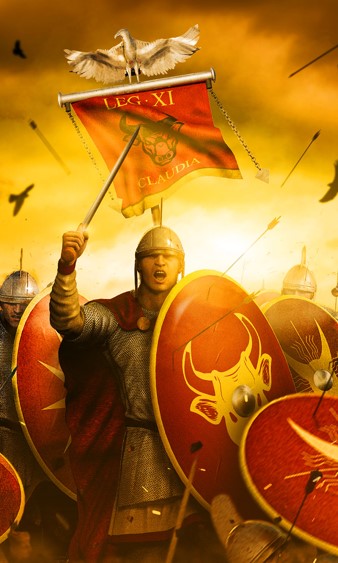
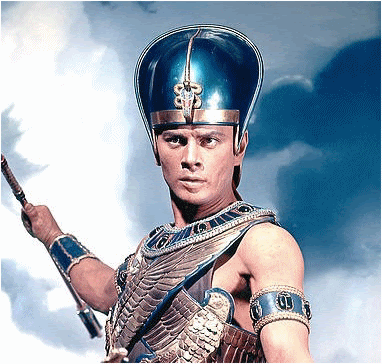
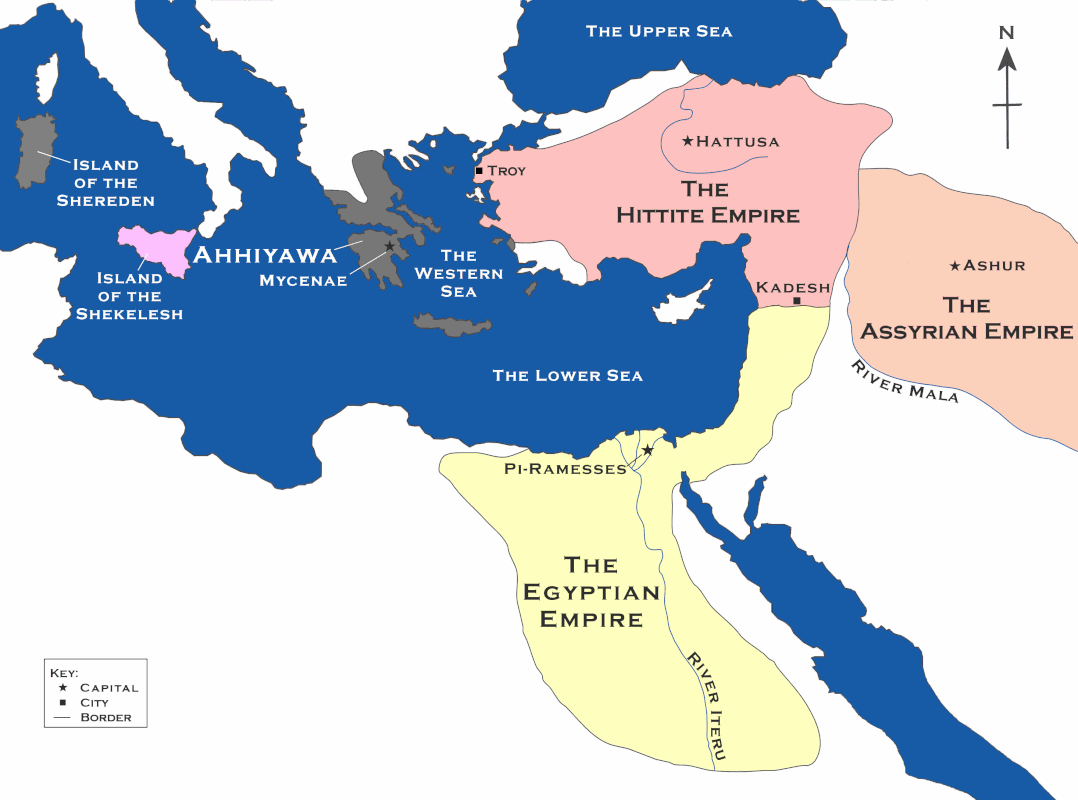
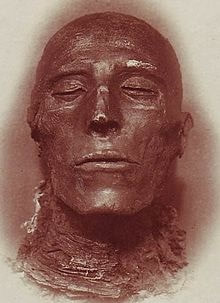
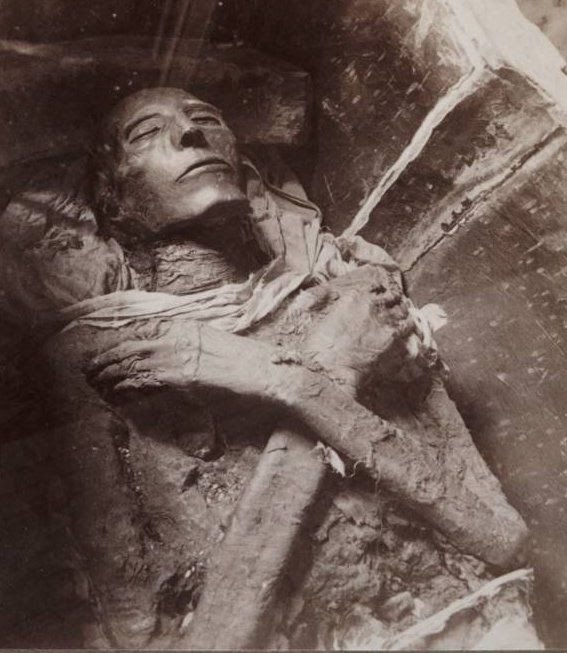
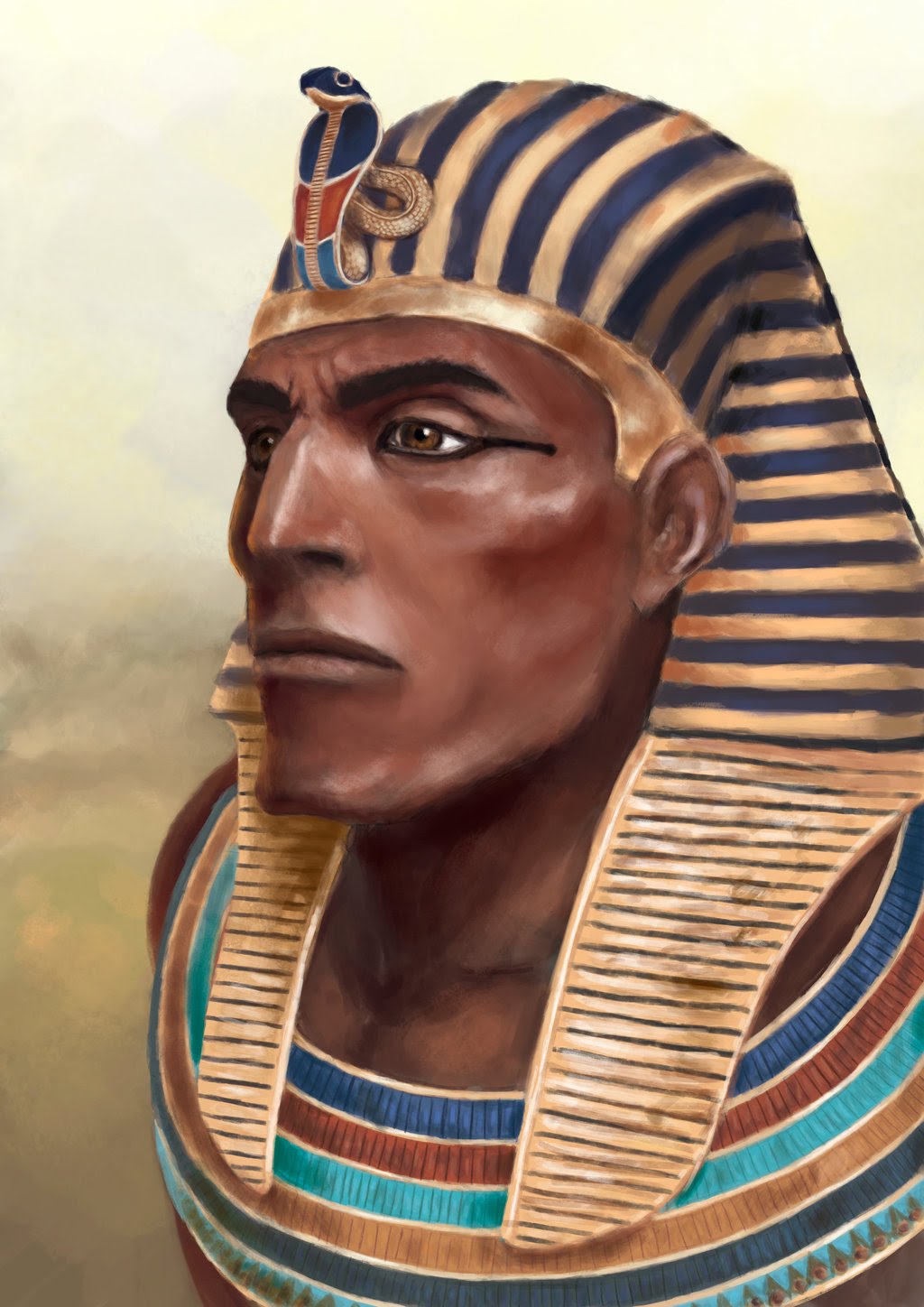
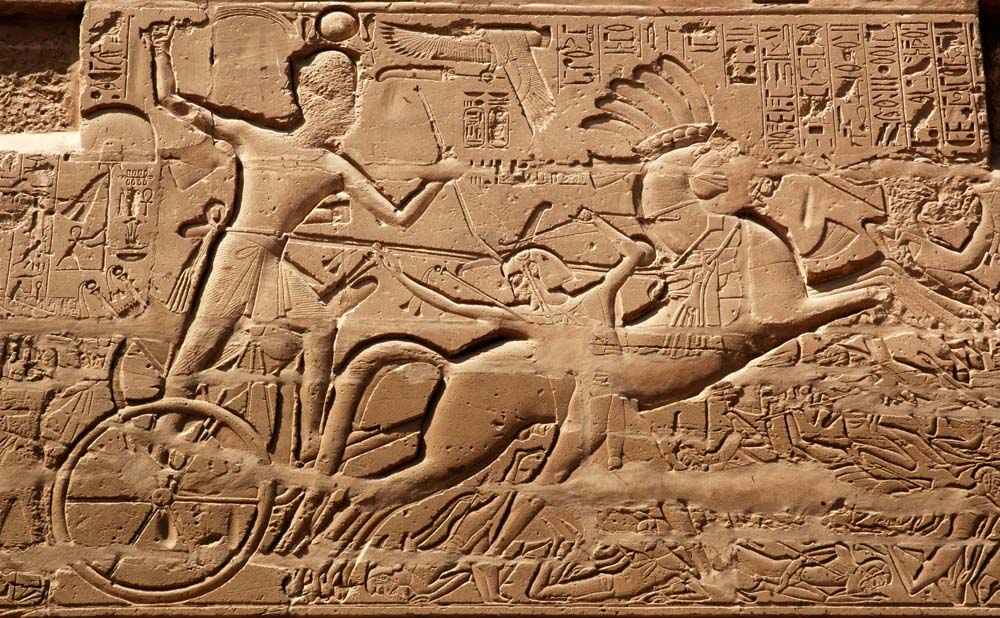
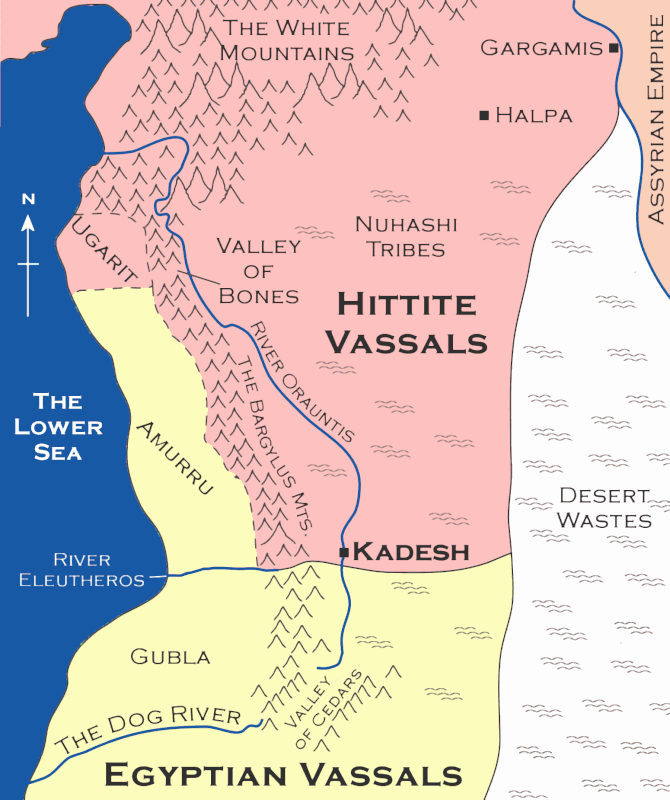
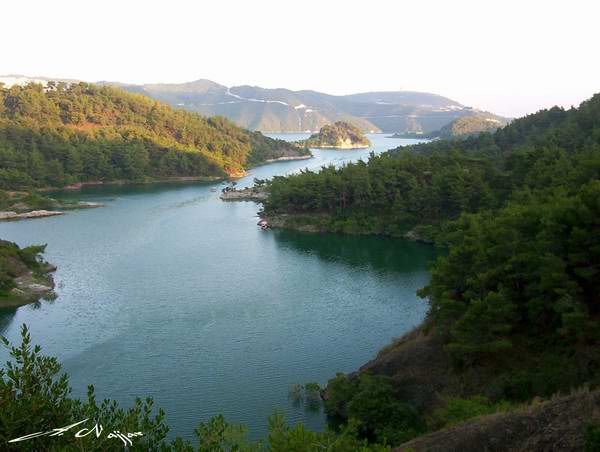
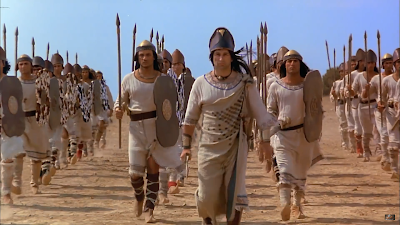
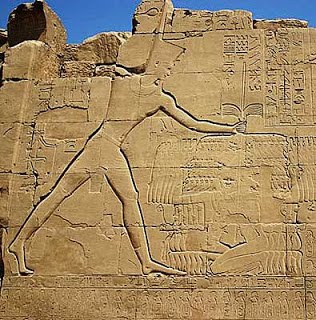
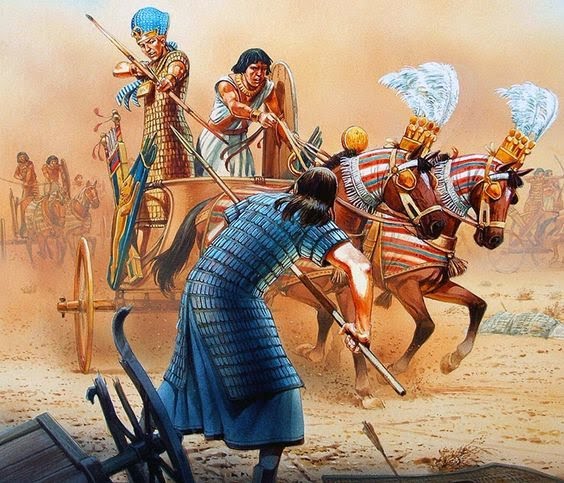
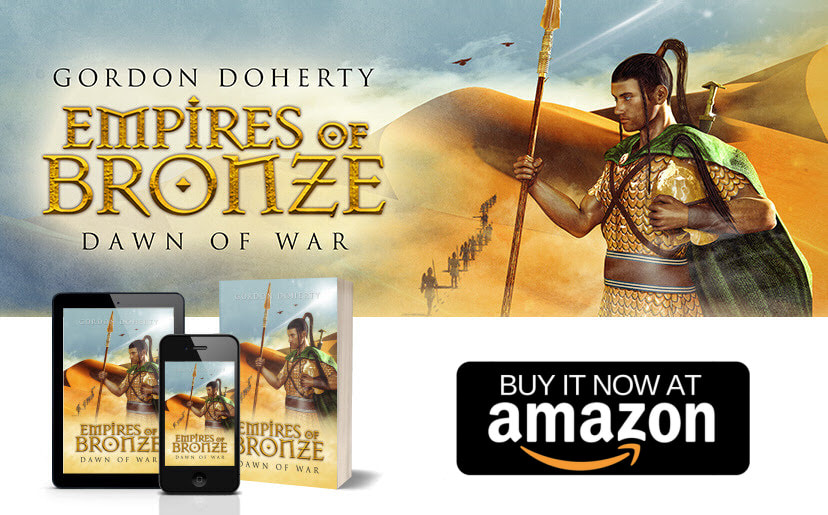

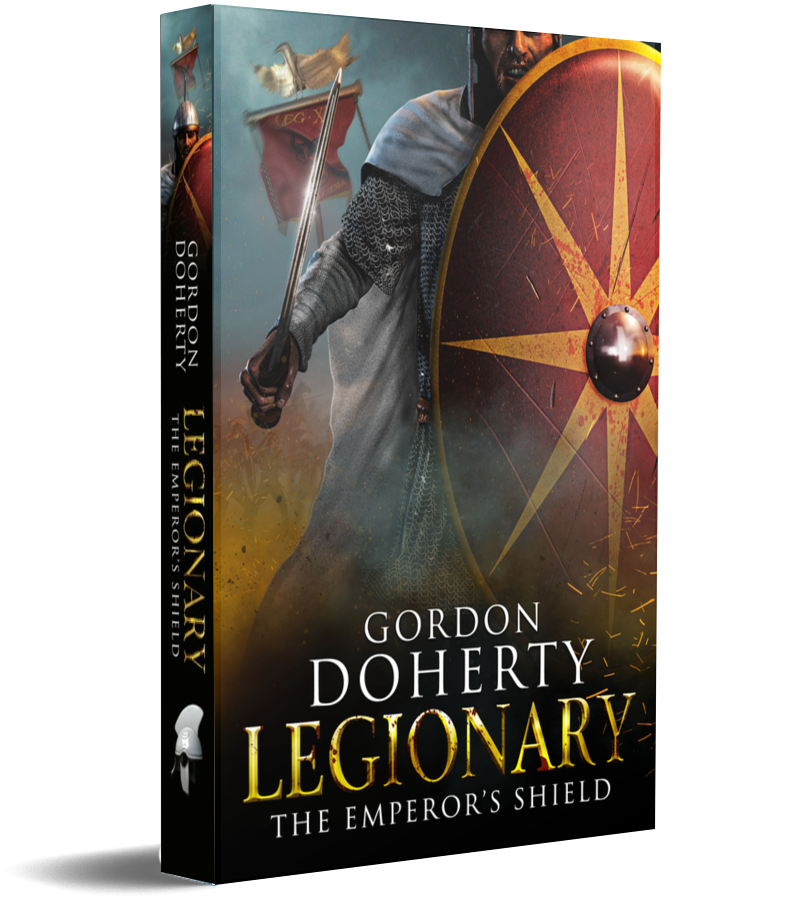
 RSS Feed
RSS Feed